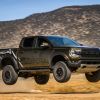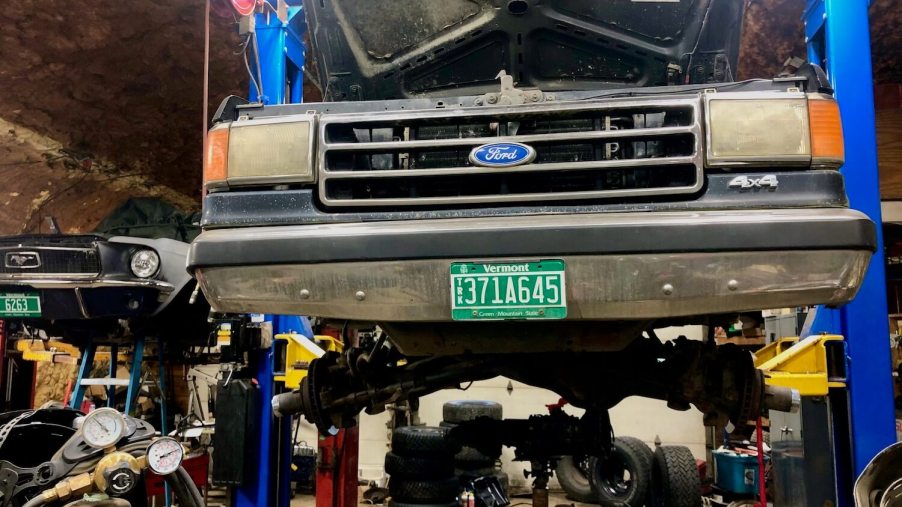
The Real Reason Mechanics Prefer Full-Frame Pickup Trucks and Suvs (With Pictures)
Like most automotive journalists, I’ve been impressed with the capabilities of this latest generation of unibody SUVs (technically crossovers) and pickup trucks. They really are cost-effective, strong, and efficient. But my recent restoration of a full-frame 1988 F-150 pickup truck reminded me why today’s body-on-frame vehicles will be driving decades after current unibodies are dust.
What is a frame swap?
Do you have a beloved full-frame truck, SUV, or pre-1960s car crippled by rust? You can always remove all the vehicle’s components from its current frame and have them bolted to a brand-new frame.
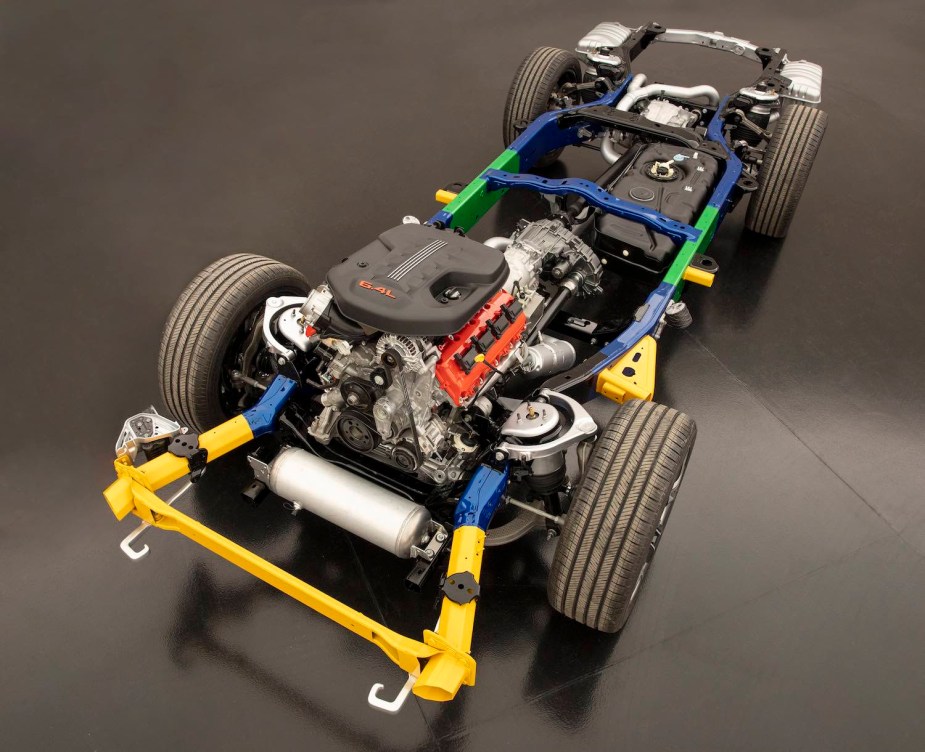
Will it be cheap? Heck no! RoadKill Customs warns that the process takes more labor than assembling a brand-new car. But it will give an old vehicle legs for another decade or more.
Because a frame swap is a possibility for valuable classics, we will see more full-frame trucks and SUVs on the road in the coming years. This includes current pickup trucks (except certain compacts), current truck-based SUVs, and many cars built before the 1960s. This does not include crossovers with “unibody” construction, even big third-row crossovers such as the Toyota Highlander. This also does not mean certain crossover-based compact trucks, such as the Honda Ridgeline and the Ford Maverick.
Can you save a body-on-frame truck or SUV?
A full frame swap is one of several options you have to save a full-frame truck or SUV. The vehicle’s construction also allows you to patch or brace its rusty frame—in states where this is legal.
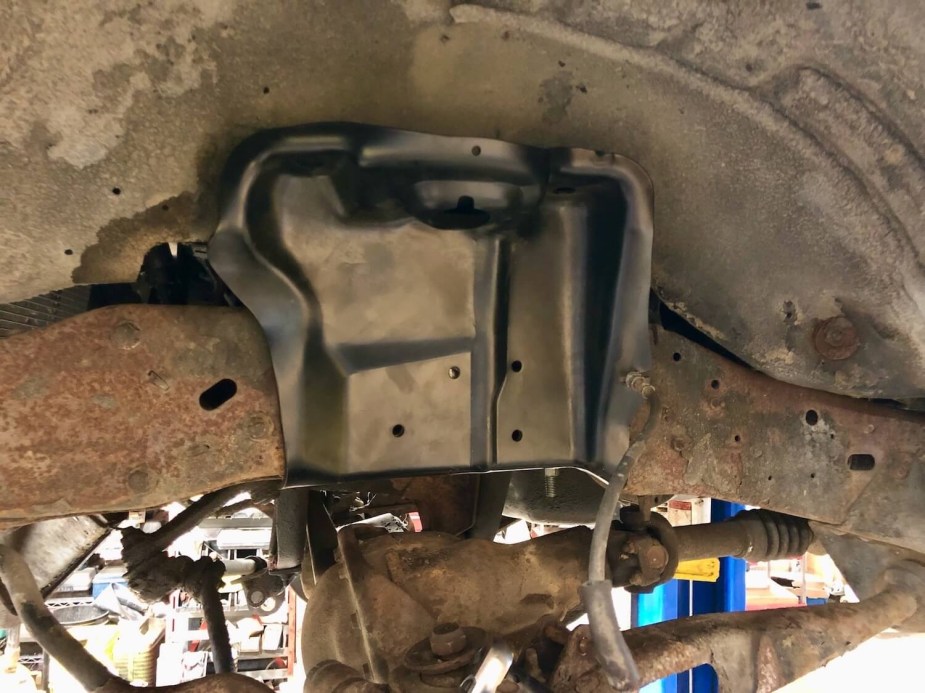
This summer, I began to swap the front-end suspension components on my 1988 F-150. But I found the truck’s traditional ladder frame rusted where the shocks and springs had been bolted to it.
Luckily, I was able to shape metal stiffeners to fit the blocky, ladder shaped-frame. If my truck had been a unibody, stiffening it up would have been a complex feat of engineering—if possible at all.
Can you save a rusty unibody?
A rusty unibody will be much harder to save than a body on frame. But humans are resourceful, and where there is a will, there is a way.
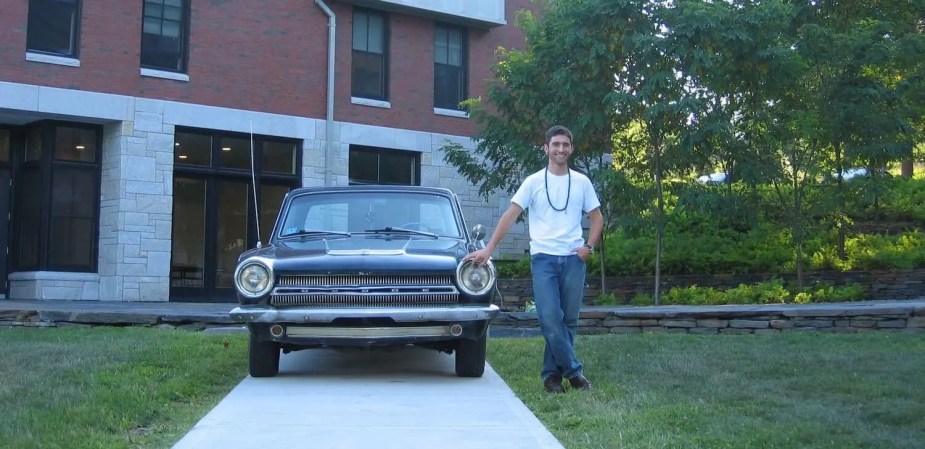
My first car was a 1964 Dodge Dart. It was a unibody dodge built before this technology was reliable. As a result, 1960s Dodge Darts and Plymouth Valiants are known for rusting out. Their load-bearing floor weakens and as the car bends in the middle, it becomes impossible to latch its doors.
My 1964 was just beginning to sag. To fix it, I had to get creative. Straightening the classic out required setting it on an alignment rack, stretching the worn unibody until it was aligned, and welding in frame-stiffener rails (imagine an aftermarket ladder frame). Luckily for me, Dodge had engineered frame stiffeners for the car’s convertible variant so there was a spot to attach the frame stiffeners to.
Any current unibodies that will someday be popular candidates for restoration will also someday have stiffening kits. I’m thinking of vehicles such as current muscle cars or the Bronco Sport. But while future mechanics will develop tricks to save them, I expect the same mechanics will be much happier to see an old Toyota 4Runner, Jeep Wrangler, or truck because they know they can patch or swap the frame.


